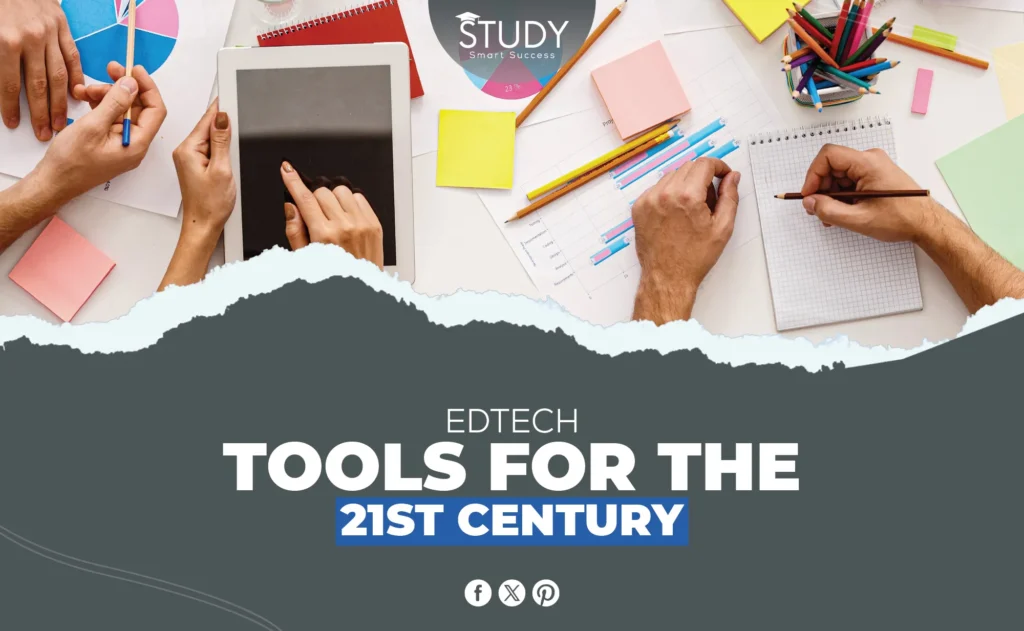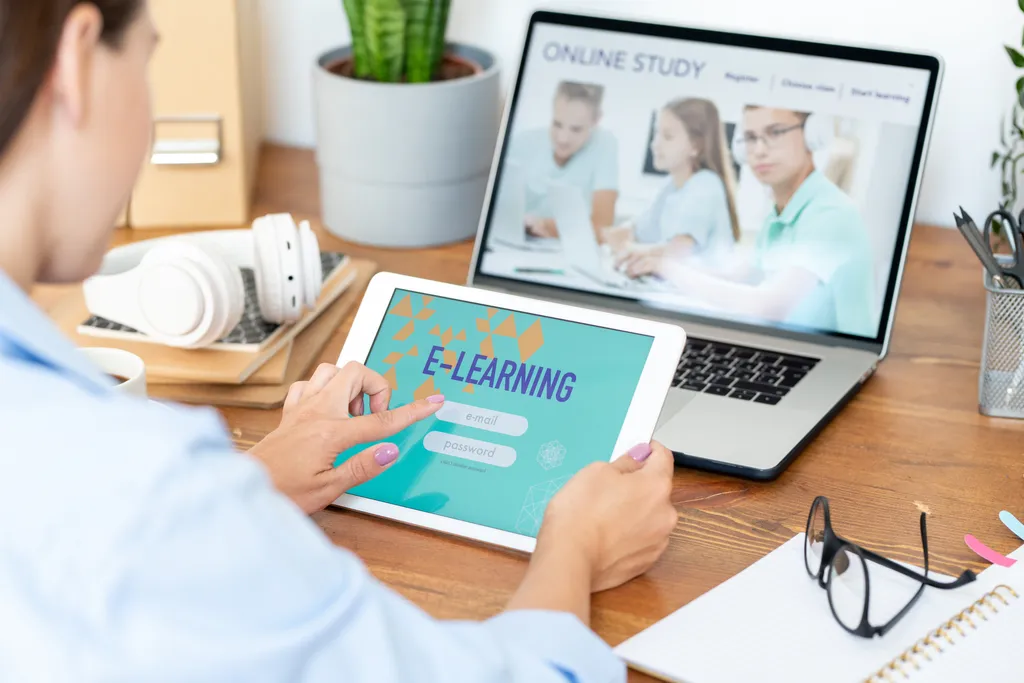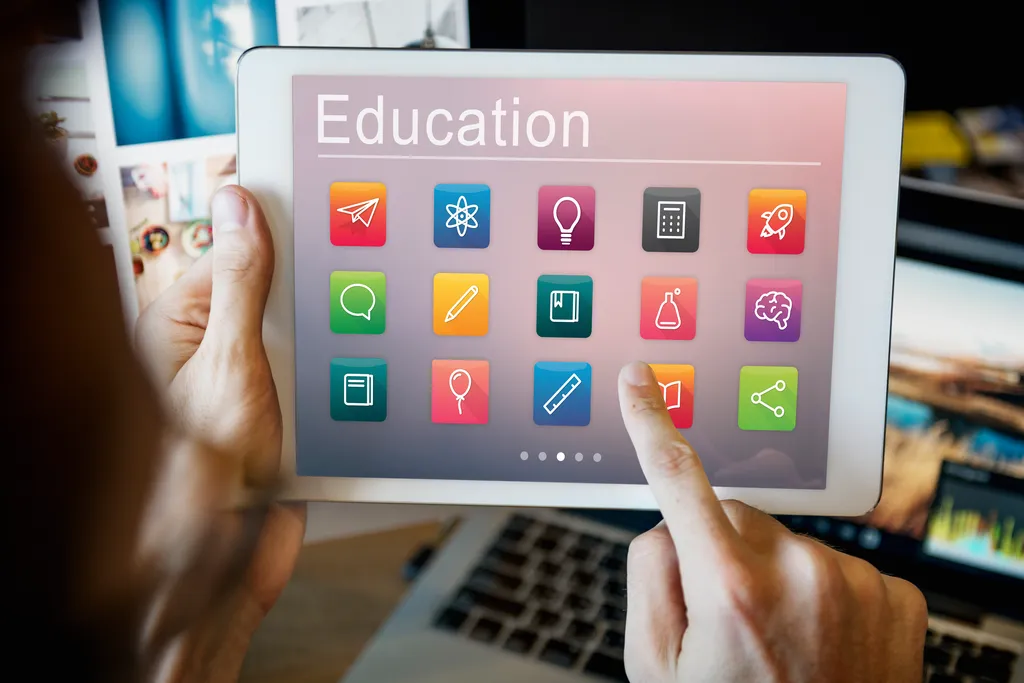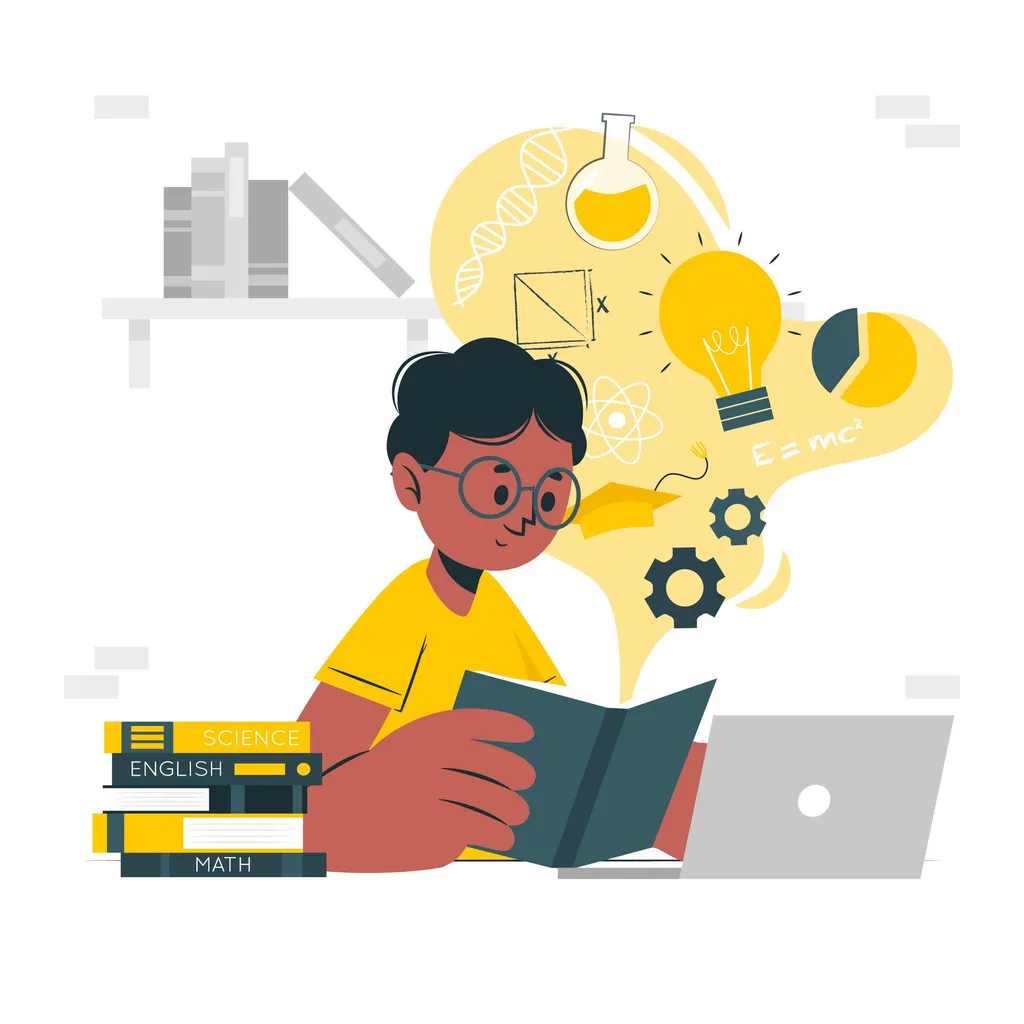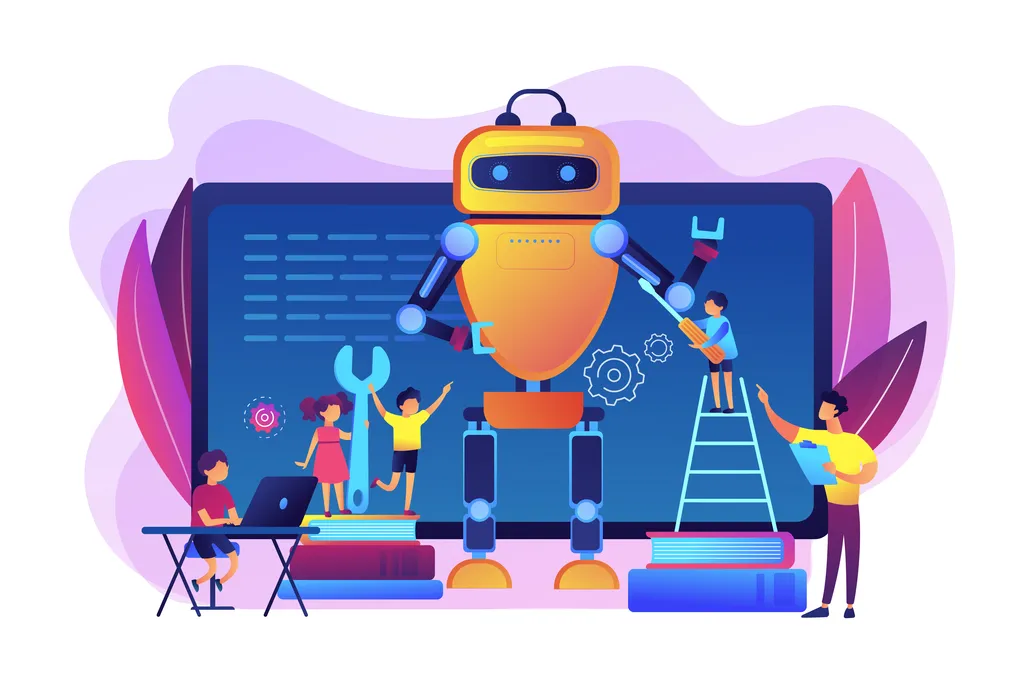Education has undergone a significant transformation in today’s fast-paced world thanks to integrating technology into classrooms. This article explores the exciting realm of Educational Technology (EdTech) tools that are shaping the 21st-century learning experience. From interactive platforms to personalized learning, we’ll explore how these innovative tools revolutionize education.
Introduction
The 21st century has brought us a new learning era driven by technology and innovation in the always-changing field of education. EdTech tools have become potent partners for educators, students, and lifelong learners in this digital age. They provide various tools and platforms that could completely alter how we learn new things and develop our talents.
The way we approach education is changing because of EdTech, which personalizes learning experiences and creates immersive virtual worlds tailored to each student’s needs. Join us on this educational adventure as we explore the wonders of EdTech technologies that advance education toward a more promising and technologically advanced future.
The Evolution of Ed-Tech
The intriguing path of EdTech, or educational technology, has seen incredible developments over the years. Chalkboards and overhead projectors, which transformed education by enabling instructors to engage learners visually, were the basic tools that started it all. EdTech evolved with technology, ushering in the era of computers and instructional software. New opportunities for remote learning and collaboration were made possible with the development of the Internet and online resources.
Thanks to the development of Ed-tech, education today is more dynamic, interesting, and adaptive to each individual’s requirements and learning preferences. As we look deeper into the vast field of EdTech, we see how innovation and technology continue to impact the future of education.
Benefits of Ed-Tech Tools
Environmental Impact: By reducing the need for physical materials, such as paper textbooks, EdTech can contribute to a more sustainable and eco-friendly approach to education.
- Enhanced Engagement: EdTech tools make learning more engaging by incorporating multimedia elements like videos, animations, and interactive quizzes. This multimedia approach captures students’ attention and keeps them focused on the material.
- Personalized Learning: One of the key benefits of EdTech is its capacity to meet specific learning requirements. The learning pace and content are adjusted using algorithms to account for each student’s strengths and shortcomings. This personalizing encourages a greater comprehension of the material.
- Accessibility: EdTech has made education more accessible than ever before. Students worldwide can access educational resources and courses online, breaking geographical barriers. This accessibility is particularly valuable for learners in remote or underserved areas.
- Preparation for the Digital Age: EdTech equips students with digital literacy skills and prepares them for the demands of the modern workforce, where technology proficiency is essential.
Interactive Learning Platforms
Interactive learning skills are crucial in today’s educational landscape, where technology plays an increasingly prominent role. These skills encompass the ability to actively engage with educational content, participate in discussions, collaborate with peers, and utilize digital tools effectively. Interactive learning fosters a deeper understanding of subjects by encouraging students to ask questions, explore concepts hands-on, and solve problems collaboratively.
Personalized Learning Apps
Apps tailor lessons to each student’s strengths and weaknesses. This level of personalization goes beyond one-size-fits-all education and plays a pivotal role in fostering a deeper understanding of the subject matter. When lessons are customized to address a student’s unique needs, they can focus on areas where they require more assistance while progressing at a pace that suits them.
Virtual Reality in Education
Virtual Reality (VR) in education is a groundbreaking technological advancement that has the potential to transform the way students learn and engage with educational content. By immersing students in virtual environments, VR technology enhances their understanding of complex subjects and brings learning to life in unimaginable ways. This not only makes learning enjoyable but also promotes deeper retention of information.
Gamification of Learning
Gamification of learning is a dynamic approach that incorporates game elements and principles into educational experiences to enhance student engagement and motivation. Educational platforms and apps that employ gamification techniques encourage students to actively participate in lessons, solve problems, and achieve learning objectives fun and competitively.
Artificial Intelligence in Education
Artificial intelligence (AI) in education has fundamentally changed how teachers and students are taught. AI-driven learning solutions can provide individualized learning experiences that cater to the needs of individual students to encourage a deeper understanding of subjects.
Additionally, AI-driven analytics provide instructors with important insights that enable them to keep track of their students’ progress, identify areas in which they may struggle, and adjust their teaching strategies as appropriate.
For students of all ages and backgrounds, using AI in education means using technology to develop more efficient, individualized, and data-informed learning experiences.
Online Assessment Tools
Online assessment systems have changed how educators evaluate and measure students’ knowledge and skills. These digital platforms provide a wide range of benefits for both teachers and students.
One of the key advantages of online evaluation tools is their efficacy. Compared to conventional paper-based techniques, they make it easier and faster for instructors to prepare, administer, and mark tests. Due to this efficiency, valuable instructional time is saved, and students receive fast feedback.
Online evaluation tools also provide a greater level of flexibility and personalization. Teachers can create a variety of assessments, such as exams, quizzes, assignments, and surveys, targeted to certain learning goals. These systems usually allow for automatic grading and instantaneous results, which may motivate students to remain interested in their studies.
Additionally, online tests are useful in contexts where traditional in-person testing, such as remote and online learning, may not be possible. It is more convenient and accessible for students to complete examinations from the comfort of their homes.
However, while using online assessment tools, it’s necessary to consider security and fairness because there can be issues with cheating and the digital divide.
Teacher-Student Collaboration
A key component of contemporary education is teacher-student cooperation, which promotes a vibrant learning environment where teachers and students cooperate to achieve shared educational objectives. Beyond the usual one-way education, this relationship includes active participation, communication, and partnership. In this setting, teachers are facilitators, helping students on their learning pathways, while students are active participants, taking ownership of their education.
Ed-Tech and Special Needs Education
As much as tech has the potential to help children with special needs, it’s crucial to make sure that it’s used inclusively and equitably. To guarantee that every student has the chance to succeed in their education, educators and institutions must be committed to offering accessible, well-designed, and encouraging digital learning environments.
Challenges in Implementing Ed-Tech
Implementing Educational Technology (EdTech) in educational settings comes with its fair share of challenges and hurdles that must be addressed for successful integration. Here are some of the primary challenges faced:
- Digital Divide: Not all students have access to technology and the internet equally. The digital divide, based on disparities in access to devices and reliable internet connections, can result in unequal learning opportunities.
- Infrastructure and Resources: Schools and institutions often lack the necessary infrastructure to support EdTech implementation, including sufficient devices, software licenses, and technical support.
- Teacher Training: Effective use of EdTech requires teachers to be proficient. Many educators may lack the necessary training and professional development to integrate technology seamlessly into their teaching methods.
- Cost: Acquiring and maintaining EdTech tools can be expensive. Schools and districts must allocate budgets for purchasing devices, software licenses, and ongoing maintenance.
- Content Quality: Ensuring that the digital content and resources provided through EdTech are accurate, up-to-date, and of high quality is essential for effective learning.
Future Trends in EdTech
The future of Educational Technology (EdTech) is filled with exciting trends and developments that promise to reshape the education landscape. Here are some of the key trends expected to shape the future of EdTech:
- Artificial Intelligence (AI): AI-driven tools will become even more prevalent, offering personalized learning experiences, automated grading, and real-time feedback to students.
- Global Collaboration: EdTech will facilitate global collaboration, allowing students and educators from different regions to collaborate on projects and share cultural experiences.
- Robotics in Education: Robotics will find applications in education, promoting hands-on learning and problem-solving skills in areas such as coding and engineering.
- Adaptive Learning: Adaptive learning platforms will continue to gain popularity, adjusting content and difficulty based on individual student progress and promoting mastery of subjects.
- EdTech will be essential in educating students for the demands of the 21st century as technology develops further. These patterns show how education constantly evolves, becoming more interesting, individualized, and open to students of all ages and backgrounds.
Conclusion
In conclusion, EdTech technologies have become potent change agents in the constantly changing educational landscape, propelling us toward a more promising and technologically advanced future of education. With interactive platforms and specialized learning apps, these tools have transformed how we learn in the twenty-first century. Geographical limitations have been lifted, personalized training has been implemented, and accessibility and learner engagement have risen.
Technology in education has boundless potential and can open up a world of possibilities for students, teachers, and lifelong learners alike. As we stand at the intersection of traditional and digital education, the journey of EdTech promises to continue altering the way we teach, learn, and thrive in this fast-paced, knowledge-driven world. The next intriguing stage of the educational environment has just begun.
FAQs
Q1: Are Ed-Tech tools suitable for all age groups?
Yes, there are EdTech tools designed for learners of all ages, from preschool to adulthood.
Q2: How can teachers incorporate EdTech into their classrooms?
Teachers can integrate EdTech by exploring online resources, attending training sessions, and gradually incorporating tools that align with their teaching goals.
Q3: What is the digital divide, and how does it affect EdTech adoption?
The digital divide refers to the gap in access to technology. It affects EdTech adoption as some students may lack the necessary devices or internet access for online learning.
Q4: Are Ed-Tech tools replacing traditional teaching methods?
No, EdTech tools complement traditional teaching methods by enhancing them with technology-driven resources.
Q5: What are some emerging EdTech trends to watch for?
Emerging trends in EdTech include augmented reality for immersive learning experiences, blockchain for secure credentialing, and AI-driven personalization for adaptive learning paths.


